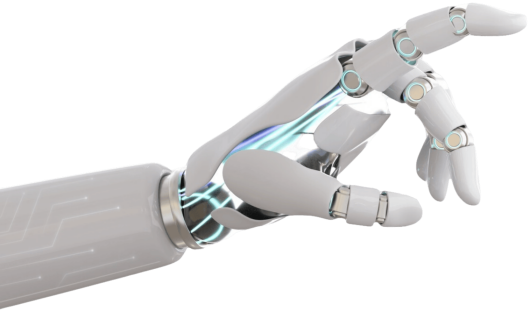
The “Digital Library” (DL) concept has different meanings in different contexts for different people which have their own perspectives on DL. For example, as pointed out in the keywords of Chapter 8 of the book, to the library science community, the roles of DL are [similar to the roles of the traditional library, namely]:“a) providing access to information which has been evaluated, organized, archived, and preserved; b) having information professionals that make judgements and interpret users’ needs; and c) providing services and resources. Many people of traditional libraries still view the DL as a collection of digitized copies of the existing material managed by a set of information tools. To the computer science community, DL may refer to a distributed text-based information system, a collection of distributed information services, a distributed space of interlinked information system, or a networked multimedia information system”. The “dispersion” of understandings and perspectives can be easily noticed in the reviewed handbook.
Y.-L. Theng, S. Foo, D. Goh, J. – C. Na (eds.)